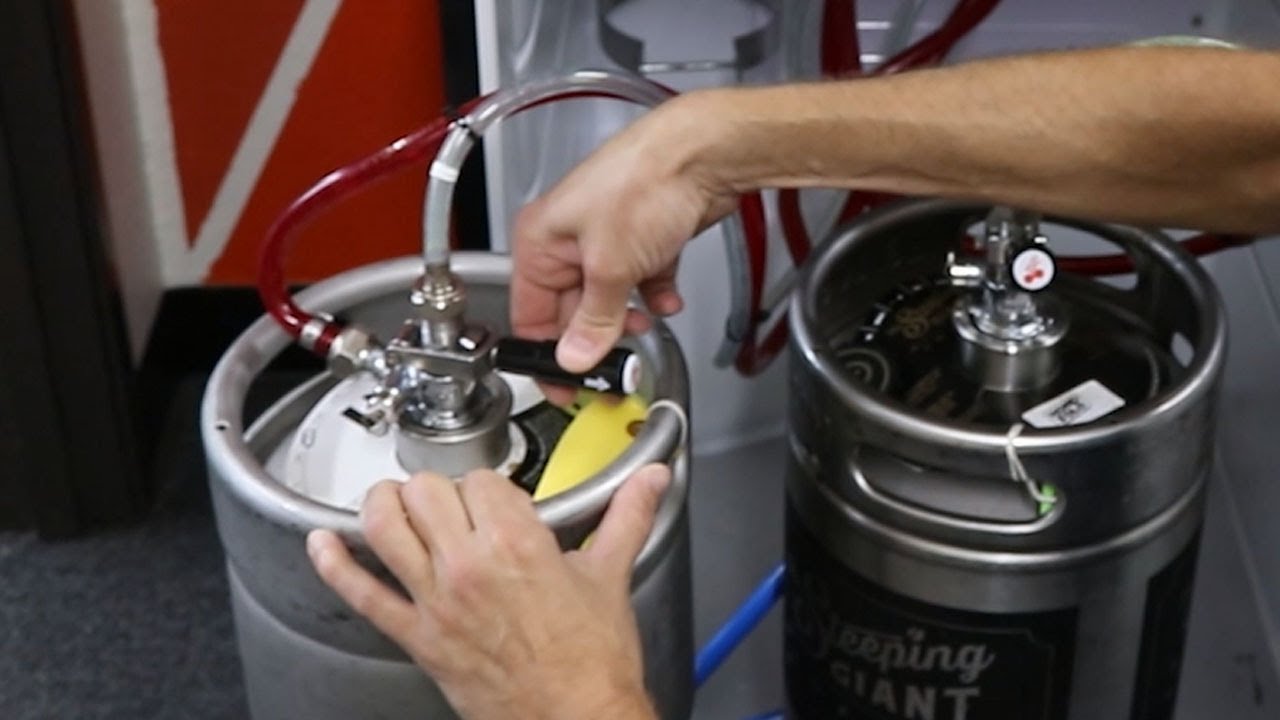

Articles
What Do You Need For A Kegerator
Modified: February 27, 2024
Discover everything you need to know about kegerators in our comprehensive articles. Find tips on installation, maintenance, and troubleshooting to keep your kegerator running smoothly.
(Many of the links in this article redirect to a specific reviewed product. Your purchase of these products through affiliate links helps to generate commission for Storables.com, at no extra cost. Learn more)
What Do You Need For A Kegerator
Are you a beer enthusiast who enjoys the taste and freshness of draft beer? If so, investing in a kegerator can be a game-changer for your home bar or man cave. A kegerator is a specialized refrigerator that allows you to store and dispense kegs of beer directly from your home. In this article, we will explore the essential components and optional accessories you need for a kegerator, as well as tips for installation, maintenance, and troubleshooting.
Read more: What Do You Need To Know To Buy A Kegerator
Kegerator Basics
Before diving into the components and accessories, let’s understand the basic functionality of a kegerator. A kegerator is essentially a refrigerator modified to hold and dispense kegs of beer. It typically consists of a refrigeration system, a draft tower, a pressure regulator, and hoses to connect the keg and the faucet.
Essential Components
When setting up a kegerator, there are several essential components you will need:
- Refrigerator: Choose a refrigerator with enough space to accommodate the size of the kegs you plan to use. It should have temperature controls to keep your beer at the optimal serving temperature.
- Keg Coupler: This is the device that connects the keg to the gas and beer lines. Make sure to choose the correct type of keg coupler for the specific brand and type of beer you will be dispensing.
- CO2 Tank and Regulator: The CO2 tank provides the necessary pressure to push the beer from the keg to the faucet. The regulator controls the pressure and ensures a consistent flow of carbonation.
- Beer Lines and Faucet: These components connect the keg coupler to the faucet for dispensing the beer. Choose food-grade tubing that is the appropriate length for your setup.
Optional Accessories
In addition to the essential components, there are a few optional accessories that can enhance your kegerator experience:
- Drip Tray: A drip tray is placed under the faucet to catch any spills or drips, keeping your bar area clean and tidy.
- Tower Fan: If you have a tower-style kegerator, a tower fan can be installed to keep the draft tower and beer lines cold, reducing foaming issues.
- Cleaning Kit: Regular cleaning is essential to maintain the taste and quality of your beer. A kegerator cleaning kit will make the cleaning process easier and more efficient.
Keg Selection
Now that you have the necessary components and accessories, it’s time to choose the kegs you want to enjoy. Kegs come in various sizes, typically ranging from 5 to 15 gallons. Consider your consumption rate and storage space when selecting the appropriate keg size. Additionally, check with local breweries or distributors to see what beers are available for purchase in keg form.
Read more: What Do You Need For A Picnic
Installation Process
Setting up a kegerator requires some assembly, but it is relatively straightforward. Follow the manufacturer’s instructions for installing the components, ensuring all connections are tight and secure. Test the system for leaks and adjust the temperature and pressure settings as needed. Once everything is properly installed, you can start enjoying fresh draft beer at home.
Maintenance and Troubleshooting
To ensure the longevity and optimal performance of your kegerator, regular maintenance is necessary. Clean the beer lines and faucet regularly with a cleaning kit to prevent bacteria and flavor contamination. Check and refill the CO2 tank as needed, and inspect for any leaks in the system. If you encounter any issues with foaming, temperature inconsistency, or other problems, consult the manufacturer’s troubleshooting guide or seek professional assistance.
Tips for Optimal Performance
Here are a few tips to get the most out of your kegerator:
- Keep the kegerator at the recommended temperature range for the type of beer you are dispensing.
- Use the appropriate carbonation level for the style of beer you are serving.
- Clean the beer lines and faucet regularly to maintain the quality of your beer.
- Rotate your kegs regularly to ensure freshness.
With the right components, accessories, and maintenance, a kegerator can provide you with a convenient and enjoyable way to enjoy draft beer in the comfort of your home. Cheers!
What Do You Need For A Kegerator
Are you a beer enthusiast who enjoys the taste and freshness of draft beer? If so, investing in a kegerator can be a game-changer for your home bar or man cave. A kegerator is a specialized refrigerator that allows you to store and dispense kegs of beer directly from your home. In this article, we will explore the essential components and optional accessories you need for a kegerator, as well as tips for installation, maintenance, and troubleshooting.
For many beer lovers, there is nothing quite like the experience of pouring a cold, frothy beer from a tap. The kegerator brings this experience into the comfort of your own home, eliminating the need for individual cans or bottles and ensuring that your beer is always served at the perfect temperature.
Setting up a kegerator may seem daunting, but with the right knowledge and equipment, it is a straightforward process. In this article, we will guide you through the necessary steps and provide tips to ensure that your kegerator is fully equipped and functioning optimally.
First, let’s start by understanding the basic components of a kegerator. At its core, a kegerator consists of a refrigeration system, a draft tower, a pressure regulator, and hoses to connect the keg and the faucet. These components work together to keep the beer cold, regulate the pressure for dispensing, and deliver the beer from the keg to your glass.
When setting up a kegerator, you will need to consider the size of the kegs you plan to use, the type of coupler required for your specific beer brand, and the appropriate CO2 tank and regulator to ensure a consistent flow of carbonation. Additionally, there are optional accessories that can enhance your kegerator experience, such as a drip tray to catch spills, a tower fan to keep the draft tower cool, and a cleaning kit to maintain the quality of your beer.
Once you have gathered the necessary components and accessories, the installation process involves assembling the kegerator, connecting the keg and the faucet, testing for leaks, and adjusting the temperature and pressure settings to your preference. Regular maintenance, including cleaning the beer lines and refilling the CO2 tank when needed, is crucial to keep your kegerator in optimal condition.
A well-maintained kegerator will provide you with a constant supply of draft beer, ready to be enjoyed at your convenience. Whether you are hosting a gathering with friends or simply relaxing after a long day, having a kegerator at home adds a touch of luxury and convenience to your beer-drinking experience.
In the following sections, we will dive deeper into each component, explore keg selection, guide you through the installation process, and provide tips for maintenance and troubleshooting. By the end of this article, you will have a comprehensive understanding of what you need for a kegerator and how to make the most of this fantastic appliance.
What Do You Need For A Kegerator
I. Kegerator Basics
Before diving into the components and accessories, let’s understand the basic functionality of a kegerator. A kegerator is essentially a refrigerator modified to hold and dispense kegs of beer. It offers the convenience of having a tap at your disposal, allowing you to enjoy fresh and perfectly chilled draft beer at any time.
The heart of a kegerator is its refrigeration system. This system is responsible for maintaining the desired temperature, typically between 36 to 40 degrees Fahrenheit (2 to 4 degrees Celsius), inside the unit. This cool environment keeps your beer fresh and prevents it from spoiling.
When it comes to dispensing the beer, a kegerator features a draft tower. This tower houses the beer lines and faucet, allowing you to pour the beer directly from the tap. The draft tower is usually situated on top of the kegerator, making it easily accessible and adding a touch of authenticity to your home bar.
Regulating the pressure inside the kegerator is essential for a smooth pouring experience. This is where the pressure regulator comes into play. The regulator connects to a CO2 tank, which supplies the necessary pressure to push the beer from the keg to the faucet. By adjusting the regulator, you can control the carbonation level and ensure the beer is dispensed perfectly carbonated and without excessive foaming.
Connecting the keg to the draft tower is made possible by the use of keg couplers. These devices vary depending on the type of beer you’re serving, as different couplers are required for different beer brands and styles. The keg coupler plugs into the keg, allowing the beer to flow out of the keg and into the beer lines, ultimately reaching the faucet for pouring.
Lastly, there are hoses that connect the various components of the kegerator. These hoses, typically made of food-grade material, ensure a safe and sanitary flow of beer throughout the system. They connect the keg coupler to the draft tower, allowing the beer to reach its final destination—your glass.
Understanding the basic components and functionality of a kegerator is crucial before diving into the setup process. With a solid grasp of kegerator basics, you can move forward confidently, ensuring you have all the necessary components and accessories to create the ultimate home beer dispensing system.
What Do You Need For A Kegerator
II. Essential Components
When setting up a kegerator, there are several essential components that you will need to ensure a smooth and enjoyable beer pouring experience. These components work together to keep the beer cold, regulate the pressure, and deliver the beer from the keg to your glass.
The first essential component is the refrigerator itself. Choose a refrigerator with enough space to accommodate the size of the kegs you plan to use. Look for a model with temperature controls, as maintaining the proper serving temperature is crucial for preserving the taste and quality of your beer.
Next, you will need a keg coupler. The keg coupler is a device that connects the keg to the gas and beer lines. It acts as a gateway for the beer to flow from the keg to the faucet. It’s important to choose the correct type of keg coupler for the specific brand and type of beer you will be dispensing. Different beers require different couplers, so make sure to check compatibility before making your purchase.
Another essential component is the CO2 tank and regulator. The CO2 tank supplies the carbon dioxide needed to push the beer out of the keg and into your glass. The regulator allows you to control the pressure and ensure a consistent flow of carbonation. It’s important to choose the right size CO2 tank for your kegerator and monitor the CO2 levels to avoid running out during your beer pouring sessions.
Beer lines and a faucet are also necessary components of a kegerator. The beer lines connect the keg coupler to the faucet, allowing the beer to flow through the system. It’s crucial to use food-grade tubing for the beer lines to ensure the cleanliness and taste of your beer. The faucet is where you pour your beer from, so choose a high-quality faucet that is easy to operate and clean.
Lastly, don’t forget about the gas and beer line clamps. These clamps are used to secure the beer and gas lines in place, preventing any leaks or disconnections. Make sure to use proper clamps that are designed for beer lines to ensure a secure and reliable connection throughout your kegerator system.
By gathering these essential components, you will have everything you need to get started with your kegerator setup. Keep in mind that the specific requirements may vary depending on the brand and model of your kegerator, so always refer to the manufacturer’s instructions and guidelines for the best results.
With the essential components in place, you are one step closer to enjoying the fresh, cold, and perfectly poured draft beer from the comfort of your home.
What Do You Need For A Kegerator
III. Optional Accessories
While the essential components are necessary for the functionality of your kegerator, there are also optional accessories that can enhance your kegerator experience and make it even more convenient and enjoyable.
One popular optional accessory is a drip tray. A drip tray is placed under the faucet to catch any spills or drips that may occur during the pouring process. It helps to keep your bar area clean and prevents any beer from making a mess on your countertops or floors. Drip trays come in various sizes and styles, so choose one that fits the design and dimensions of your kegerator setup.
Another useful accessory is a tower fan. If you have a kegerator with a draft tower, a tower fan can be installed to keep the tower and beer lines cool. This helps prevent excessive foaming and ensures that your beer is poured smoothly. The tower fan circulates cold air around the tower, maintaining a consistent temperature and improving the overall dispensing experience.
A cleaning kit is another accessory worth considering. Regular cleaning is essential to maintain the taste and quality of your beer. A kegerator cleaning kit typically includes a cleaning solution, brushes, and other tools needed to effectively clean the beer lines and faucet. Regular cleaning ensures that no residue or bacteria build up in the system, keeping your beer fresh and free from off-flavors.
Additionally, you may want to invest in a keg insulator or cover. These accessories help to regulate the temperature of the keg, keeping it cold for longer periods. They are particularly useful when you’re planning to use the keg over an extended period or take it to outdoor events. By keeping the keg insulated, you can ensure that your beer stays fresh and cold, even in warmer weather.
Lastly, don’t forget about glassware and beer mats. While not directly related to the function of the kegerator, having proper glassware and beer mats can enhance the overall beer-drinking experience. Specific styles of beer are traditionally served in certain types of glasses, and having the right glassware can enhance the aromas and flavors of the beer. Beer mats, or coasters, protect your surfaces from condensation and add a touch of style to your beer-serving area.
These optional accessories can add convenience, cleanliness, and extra enjoyment to your kegerator experience. Consider your needs and preferences when selecting accessories, and remember that customization is part of the fun when it comes to setting up your dream kegerator.
With the essential components and optional accessories in place, you are ready to create your own at-home draft beer haven.
What Do You Need For A Kegerator
IV. Keg Selection
Now that you have the necessary components and accessories for your kegerator, it’s time to consider the kegs you will be using. Keg selection is an important aspect of creating the ultimate draft beer experience at home.
When it comes to choosing kegs, there are a few key factors to consider. The first is the size of the keg. Kegs come in various sizes, typically ranging from 5 gallons to 15 gallons. The size you choose will depend on your consumption rate and the amount of storage space you have available. Keep in mind that larger kegs may require more space and a stronger CO2 system to maintain consistent carbonation.
Another important consideration is the type of beer you want to serve. Kegs are available for various beer styles, such as lagers, ales, stouts, and IPAs. Consider the preferences of yourself and your guests when deciding on the types of beer to have on tap. You may want to have a variety of styles available to cater to different tastes and occasions.
It’s also worth exploring the options for local craft breweries and distributors in your area. Many breweries offer their beers in keg form, and purchasing directly from them can support local businesses and provide access to unique and fresh brews. Check with your favorite local breweries to see if they offer kegs or have any recommendations for keg distributors in your area.
Additionally, consider the availability and accessibility of kegs. Some beers are more commonly available in keg form, while others may be more challenging to find. If you have specific beers in mind, check with distributors or retailers to ensure their availability before investing in a kegerator setup.
When purchasing kegs, it’s a good idea to familiarize yourself with the keg deposit and return policies. Many kegs require a refundable deposit, which is typically returned when you bring the empty keg back to the retailer or distributor. Ensure that you understand the terms and conditions to avoid any surprises or issues when returning the kegs.
Lastly, be sure to handle and store the kegs properly. Follow the specific instructions provided by the brewery or distributor regarding temperature and handling requirements. Proper handling and storage will help maintain the quality and taste of the beer, ensuring a great experience each time you tap into the keg.
By carefully selecting your kegs, you can curate a diverse and exciting lineup of beers to enjoy from your kegerator. Experiment with different styles and flavors to keep your beer offerings interesting and cater to the preferences of you and your guests.
What Do You Need For A Kegerator
V. Installation Process
Once you have gathered all the necessary components and selected the perfect kegs for your kegerator, it’s time to move on to the installation process. Setting up a kegerator may seem intimidating, but with proper guidance, it can be a relatively straightforward task.
Before starting the installation, it’s essential to read the manufacturer’s instructions specific to your kegerator model. These instructions will provide detailed guidance on the assembly, connection, and setup process. Familiarize yourself with the instructions and gather all the necessary tools and materials for the installation.
The first step is to prepare the kegerator itself. Ensure that the refrigerator is clean and free from any debris or residue. If necessary, adjust the temperature settings to the recommended range for the type of beer you will be dispensing.
Next, you’ll want to connect the beer lines to the keg coupler and the faucet. Start by attaching one end of the beer lines to the fittings on the keg coupler, making sure they are securely fastened with appropriate clamps. Then, run the beer lines through the kegerator and attach the other end to the faucet. Again, use clamps to ensure a tight and leak-free connection.
Now it’s time to connect the CO2 tank and regulator. Attach the CO2 tank to the regulator, making sure the connections are tight and secure. Position the CO2 tank in a location that is easily accessible for future refills. Connect the other end of the regulator to the keg coupler, ensuring a secure connection.
Once all the components are connected, it’s important to check for any leaks in the system. Apply a mixture of soapy water to all the connections and look for any bubbles. If you see bubbles forming, it indicates a leak, and you should tighten the connections or replace any faulty components before proceeding.
After confirming that there are no leaks, it’s time to test the system. Open the CO2 tank valve and slowly increase the pressure using the regulator. Check that the beer is flowing smoothly from the keg and through the faucet. If there are any issues with the flow or carbonation, consult the troubleshooting section of the manufacturer’s instructions or reach out to customer support for assistance.
Once you are satisfied with the setup and everything is working correctly, it’s time to clean and sanitize the beer lines and faucet. Regular cleaning is essential to maintain the taste and quality of your beer. Follow the manufacturer’s instructions for cleaning, or use a kegerator cleaning kit to ensure a thorough cleaning process.
After cleaning, you can install any optional accessories, such as a drip tray or tower fan, according to their respective instructions. These accessories add functionality and convenience to your kegerator setup.
With the installation process complete, give yourself a pat on the back—you now have a fully functioning kegerator ready to dispense refreshing draft beer right in the comfort of your home. Cheers to a successful installation!
What Do You Need For A Kegerator
VI. Maintenance and Troubleshooting
Regular maintenance is key to keeping your kegerator running smoothly and ensuring the quality of your beer. By following a few simple maintenance steps, you can prolong the lifespan of your kegerator and enjoy consistently great-tasting beer.
One of the most crucial maintenance tasks is cleaning the beer lines and faucet. Over time, beer residue and bacteria can build up inside the lines and faucet, affecting the taste and quality of your beer. Use a dedicated kegerator cleaning kit or a food-safe cleaning solution to thoroughly clean the beer lines and faucet on a regular basis. Follow the manufacturer’s instructions for proper cleaning techniques.
Additionally, regularly check the CO2 level in your tank. Depending on the frequency of use, you may need to refill or replace the CO2 tank periodically. Keep an eye on the pressure gauge on the regulator and refill or exchange the tank as needed. Proper carbonation is essential for serving well-carbonated beer, so maintaining a sufficient CO2 supply is crucial.
Inspect the keg coupler, beer lines, and other components for any signs of wear or damage. If you notice any leaks, cracks, or loose connections, address them immediately. Tighten connections, replace any faulty parts, and ensure that everything is secure before using your kegerator again. Regular inspections and maintenance can prevent major issues and ensure the proper functioning of your kegerator.
While kegerators are generally reliable, occasional troubleshooting may be necessary. If you encounter issues such as excessive foaming, inconsistent pouring, or temperature fluctuations, check the following:
- Temperature: Ensure that the kegerator is set to the appropriate serving temperature for your beer. Adjust the temperature controls if necessary.
- Pressure: Check the pressure gauge on the regulator to ensure it is set at the correct pressure for your beer style. Adjust the pressure if needed.
- Cleanliness: If experiencing excessive foaming or off-tasting beer, clean the beer lines and faucet thoroughly. Residue or bacteria buildup can affect the pour and taste quality.
- CO2 Levels: If your beer lacks carbonation or pours sluggishly, check the CO2 tank to ensure it has an adequate supply. Refill or replace the tank as needed.
- Leakages: Inspect all connections for any leaks. Apply a mixture of soapy water to the connections and look for bubbles, which indicate a leak. Tighten any loose connections or replace faulty parts.
If troubleshooting doesn’t resolve the issue, consult the manufacturer’s troubleshooting guide or reach out to their customer support for further assistance. They can provide specific guidance and help you troubleshoot any problems you may encounter.
By performing regular maintenance, addressing issues promptly, and following proper troubleshooting steps, you can ensure that your kegerator operates optimally and delivers the perfect draft beer every time.
What Do You Need For A Kegerator
VII. Tips for Optimal Performance
To get the most out of your kegerator and ensure optimal performance, follow these tips and tricks:
- Temperature Control: Keep your kegerator at the recommended temperature range for the style of beer you are serving. Maintaining the proper temperature is crucial for preserving the taste and quality of your beer.
- Carbonation Level: Use the appropriate carbonation level for the style of beer you are serving. Different beer styles require different levels of carbonation to achieve the best flavor and mouthfeel.
- Cleanliness: Regularly clean the beer lines and faucet to prevent any buildup of bacteria or residue that can affect the taste of your beer. Follow the manufacturer’s cleaning instructions or use a kegerator cleaning kit for efficient and thorough cleaning.
- Rotation: Rotate your kegs regularly to ensure freshness. If you have multiple kegs, rotate them to make sure you are serving the oldest beer first. This will help avoid any stagnant beer sitting in the keg for too long.
- Glassware: Use the appropriate glassware for different beer styles. Each beer style has its own recommended glass type, which can enhance the aroma and presentation of the beer.
- Quality CO2: Use high-quality CO2 to maintain the proper carbonation levels and avoid any off-flavors. Opt for food-grade CO2 from reputable suppliers.
- Storage: If you need to store kegs for an extended period, keep them in a cool, dark place to maintain their quality. Proper storage conditions will ensure that your beer stays fresh and delicious.
- Regular Maintenance: Stay on top of regular maintenance tasks, such as cleaning the beer lines, checking the CO2 levels, and inspecting for any leaks or damage. This will help prevent issues and keep your kegerator in top shape.
By following these tips, you can maximize the performance and longevity of your kegerator, ensuring that every glass of draft beer is poured to perfection.
Remember, a kegerator is not just a convenience—it’s an investment in the enjoyment of great-tasting beer. With proper care and attention, your kegerator will continue to provide a reliable and satisfying draft beer experience for years to come.
So, sit back, pour yourself a cold one, and savor the taste of freshly poured draft beer from your very own kegerator. Cheers!
What Do You Need For A Kegerator
Conclusion
Investing in a kegerator brings the joy and convenience of draft beer directly into your home. With the right components, accessories, and maintenance, you can create a beer dispensing system that allows you to pour the perfect glass of cold, frothy beer whenever the mood strikes.
In this article, we have explored the essential components of a kegerator, including the refrigerator, keg coupler, CO2 tank and regulator, beer lines, and faucet. These components work together to ensure the proper refrigeration, pressure, and dispensing of your beer.
We have also discussed optional accessories that can enhance your kegerator experience, such as drip trays, tower fans, and cleaning kits. These accessories add functionality, convenience, and cleanliness to your setup.
Keg selection is an important consideration when setting up a kegerator. We’ve highlighted the importance of considering keg size, beer type, availability, and return policies when choosing the right kegs for your setup.
The installation process may seem daunting at first, but by following the manufacturer’s instructions and carefully connecting the components, you can have your kegerator up and running in no time. Regular maintenance, including cleaning the beer lines, checking the CO2 levels, and inspecting for leaks, is crucial to ensure optimal performance.
By following the tips provided, you can maximize the performance of your kegerator. Proper temperature control, carbonation levels, cleanliness, glassware selection, and regular maintenance are key to enjoying the best possible draft beer experience at home.
In conclusion, a kegerator is a worthwhile investment for any beer enthusiast. It provides the convenience of having draft beer on tap in the comfort of your home, allowing you to enjoy the taste and freshness of your favorite brews. With the right components, accessories, and maintenance, you can create a kegerator setup that delivers consistent, high-quality draft beer every time you pour.
So, raise your glass, toast to your new kegerator setup, and savor the rich flavors and aromas of draft beer as you revel in the satisfaction of having your own personal beer dispensing system.
Cheers to the perfect pour!
Frequently Asked Questions about What Do You Need For A Kegerator
Was this page helpful?
At Storables.com, we guarantee accurate and reliable information. Our content, validated by Expert Board Contributors, is crafted following stringent Editorial Policies. We're committed to providing you with well-researched, expert-backed insights for all your informational needs.
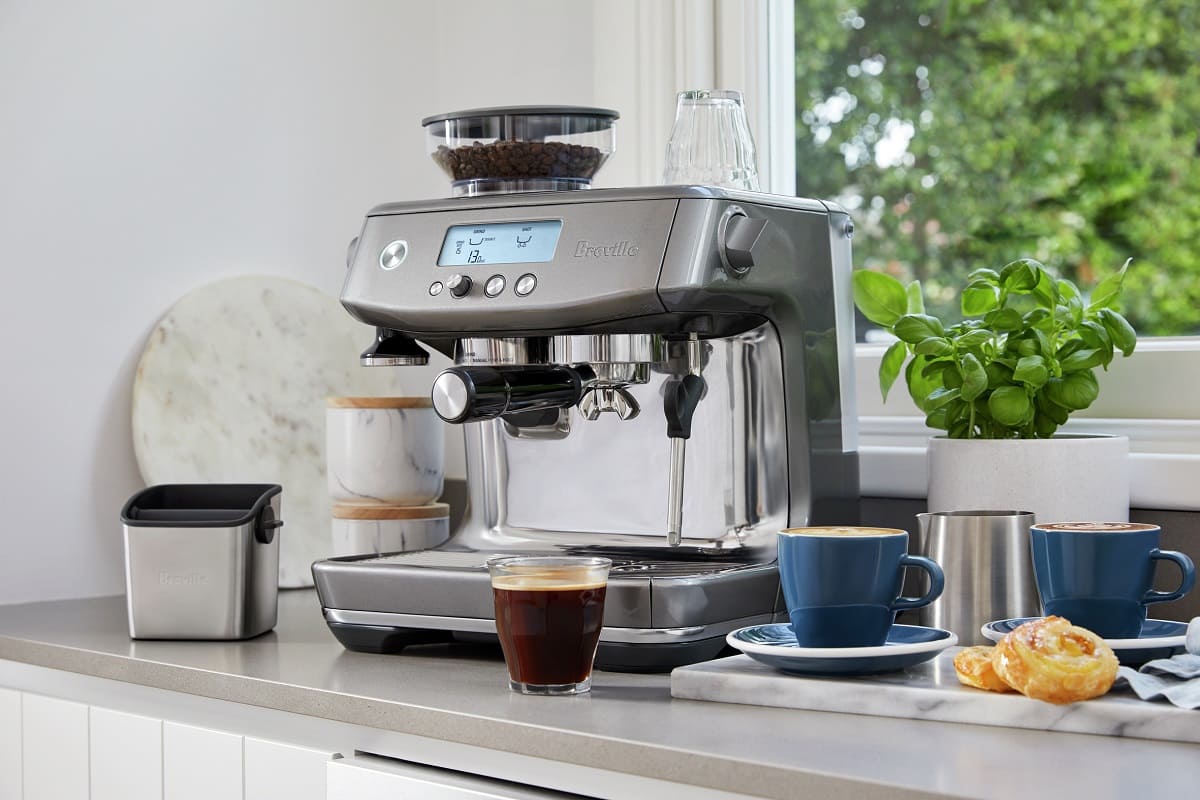
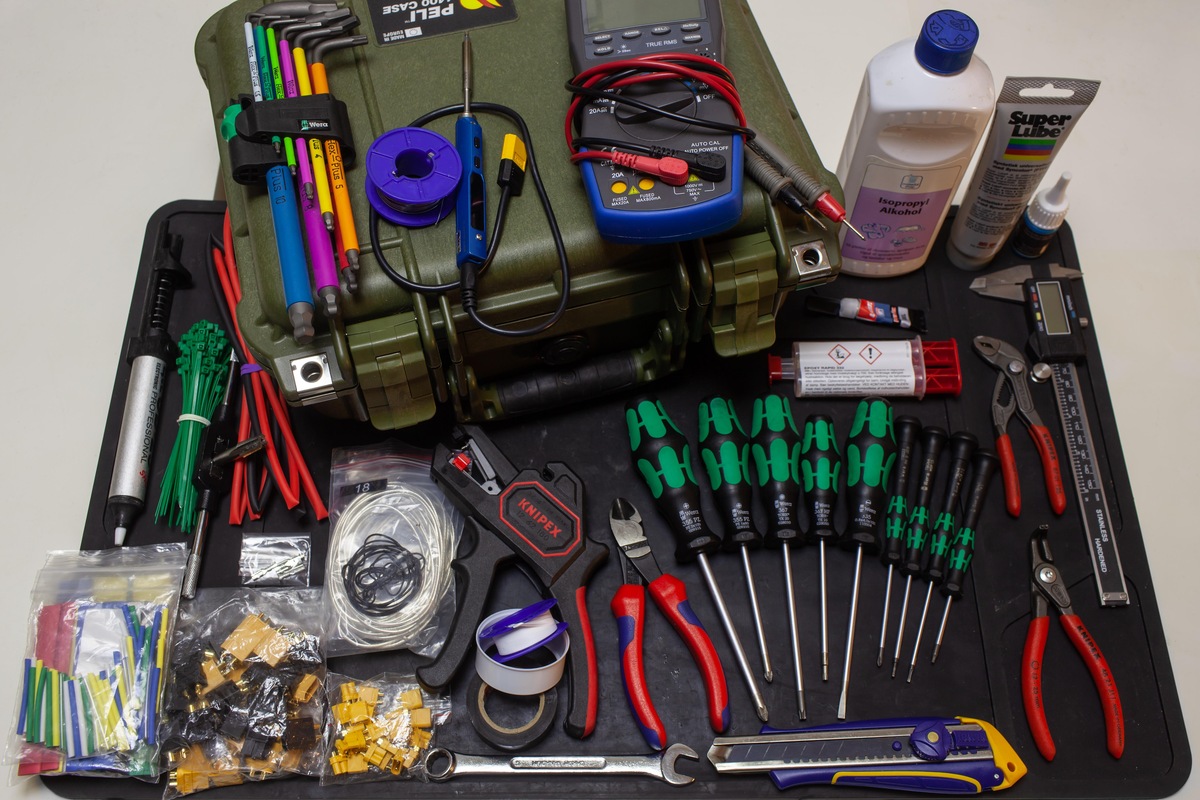

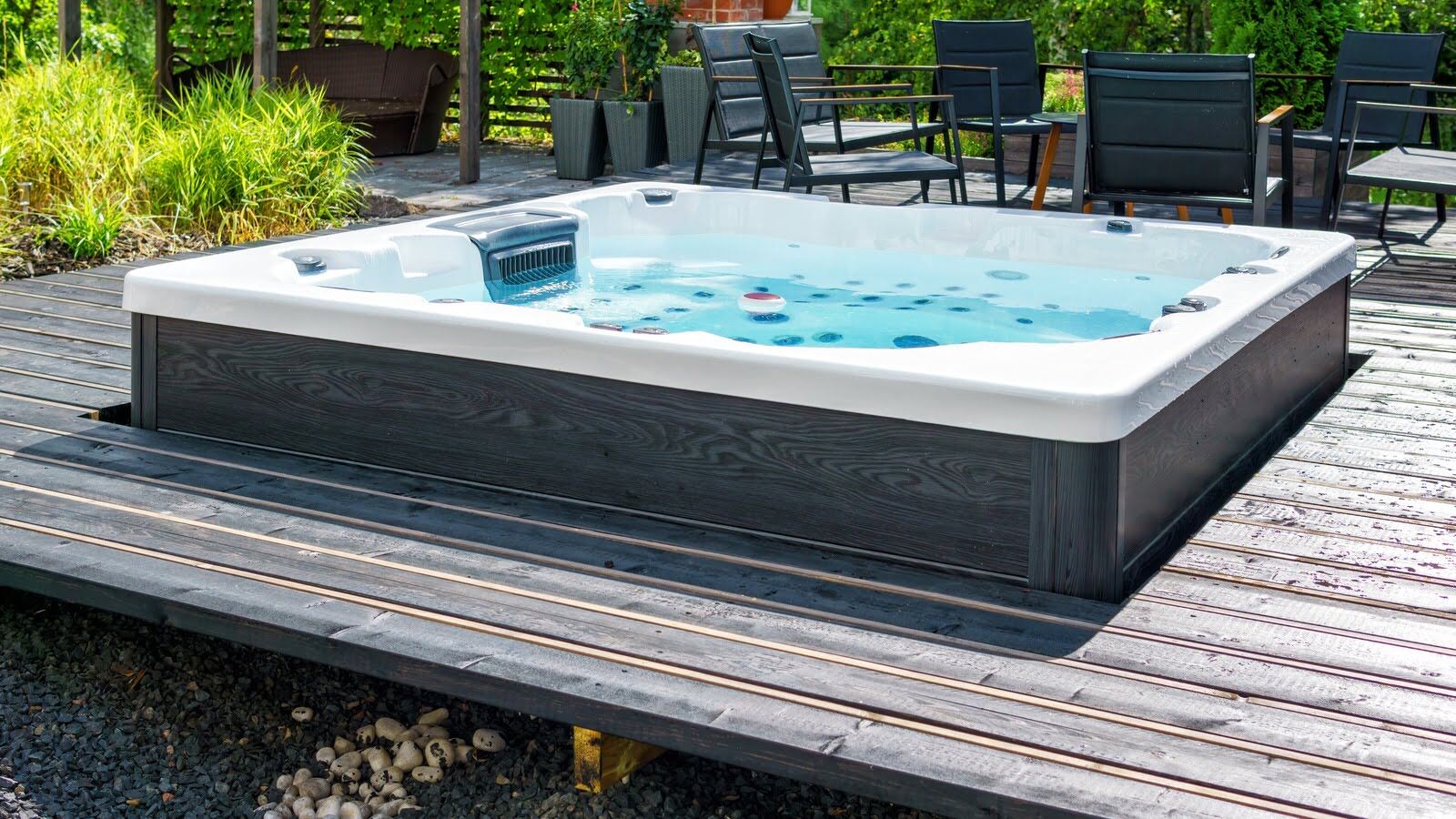
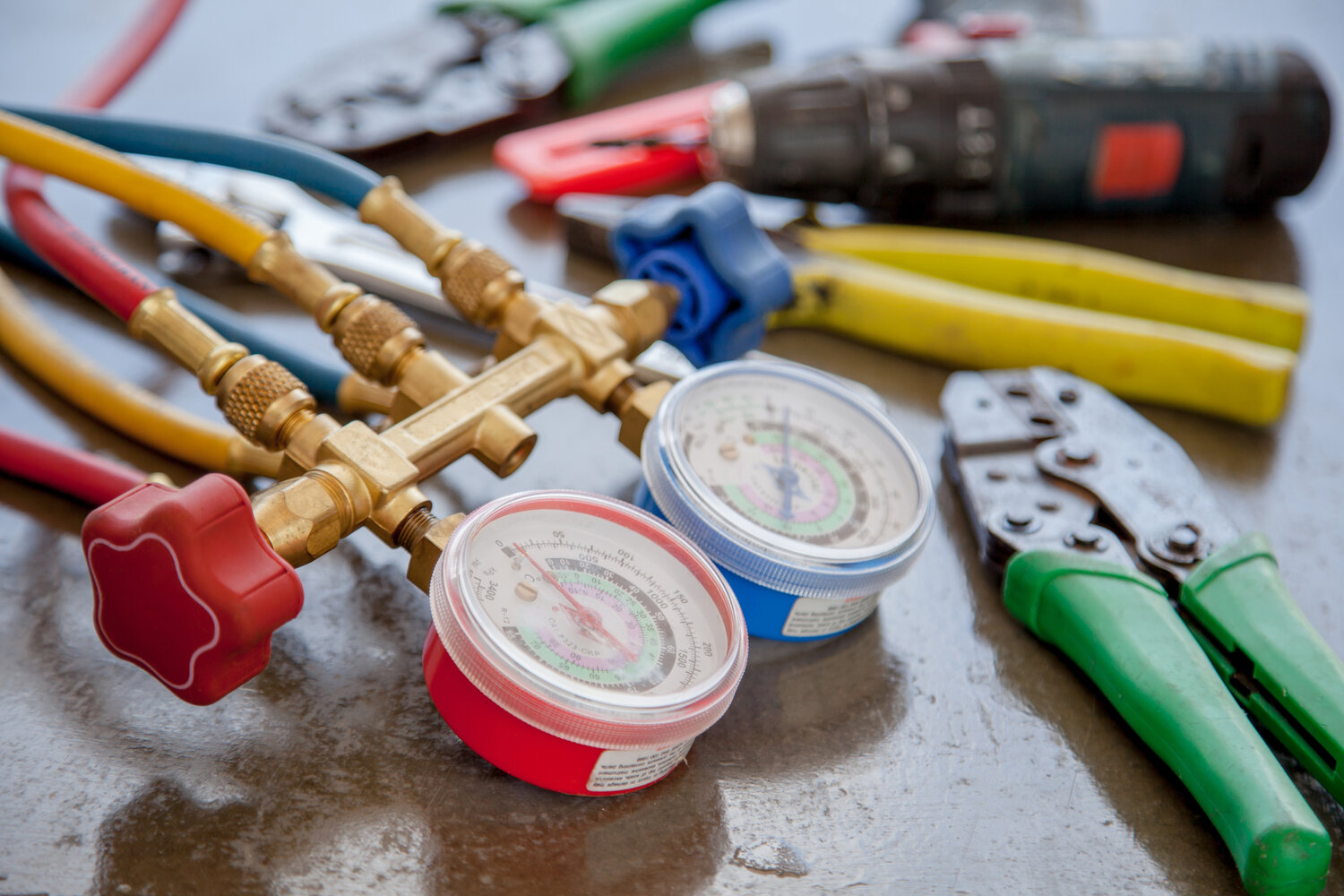
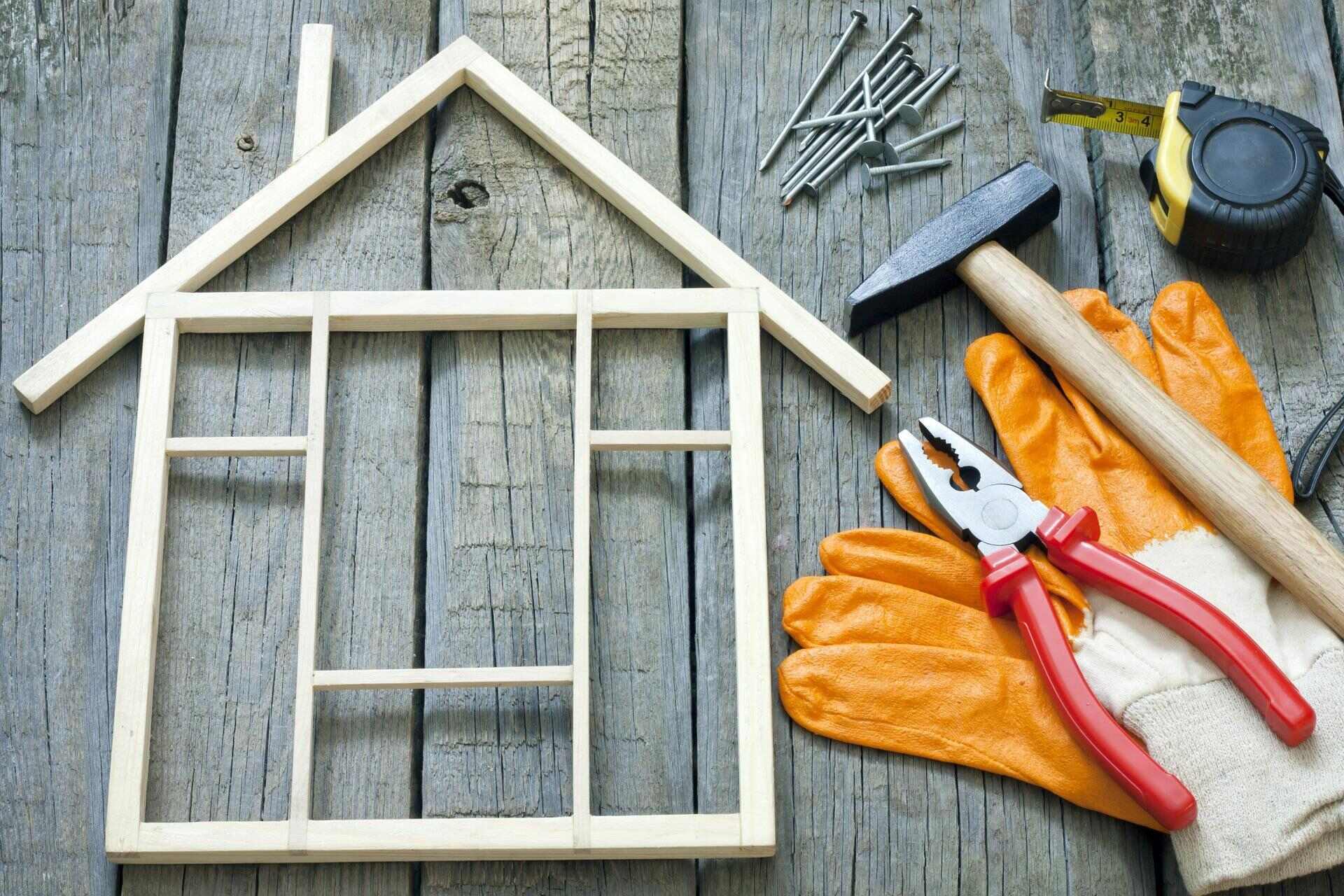
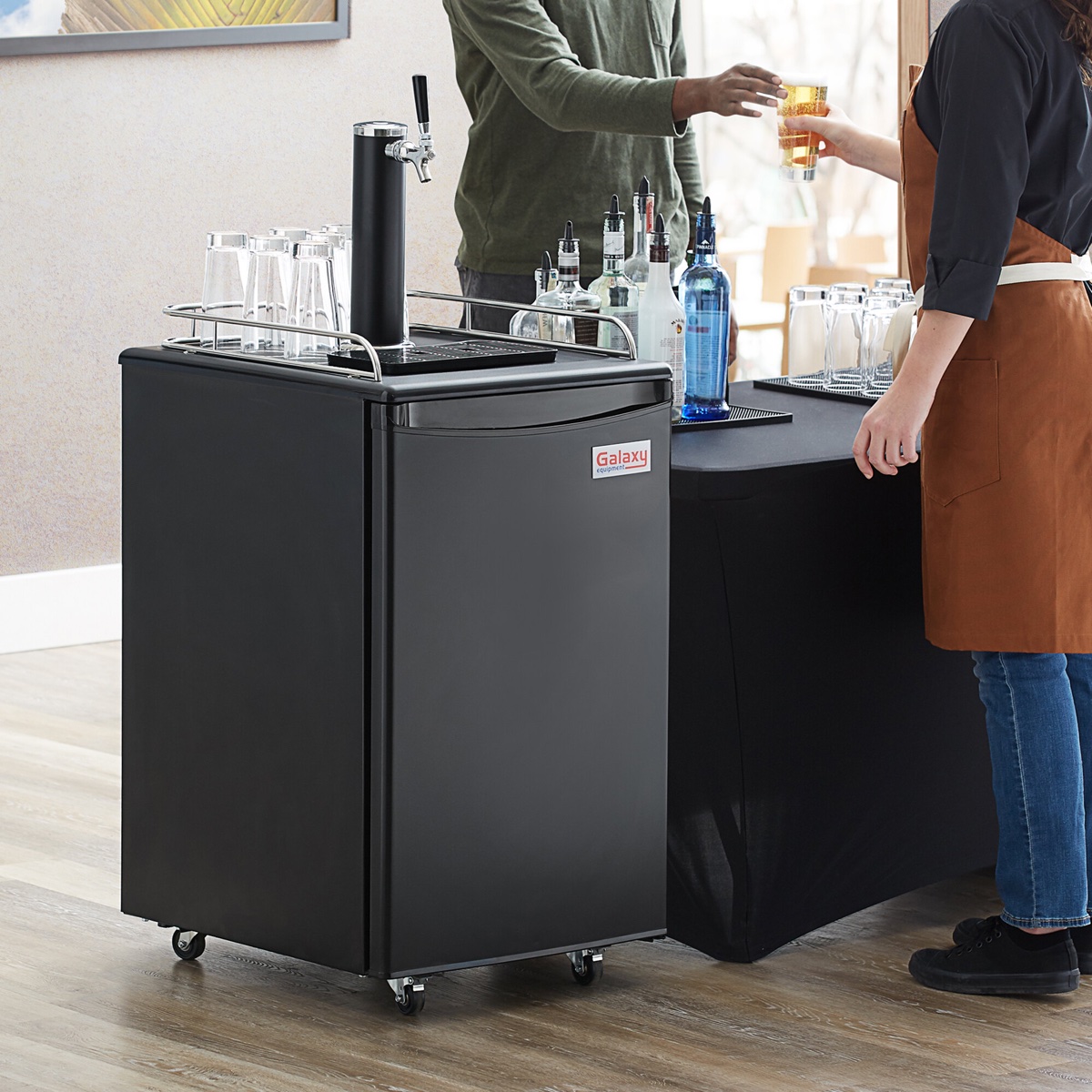
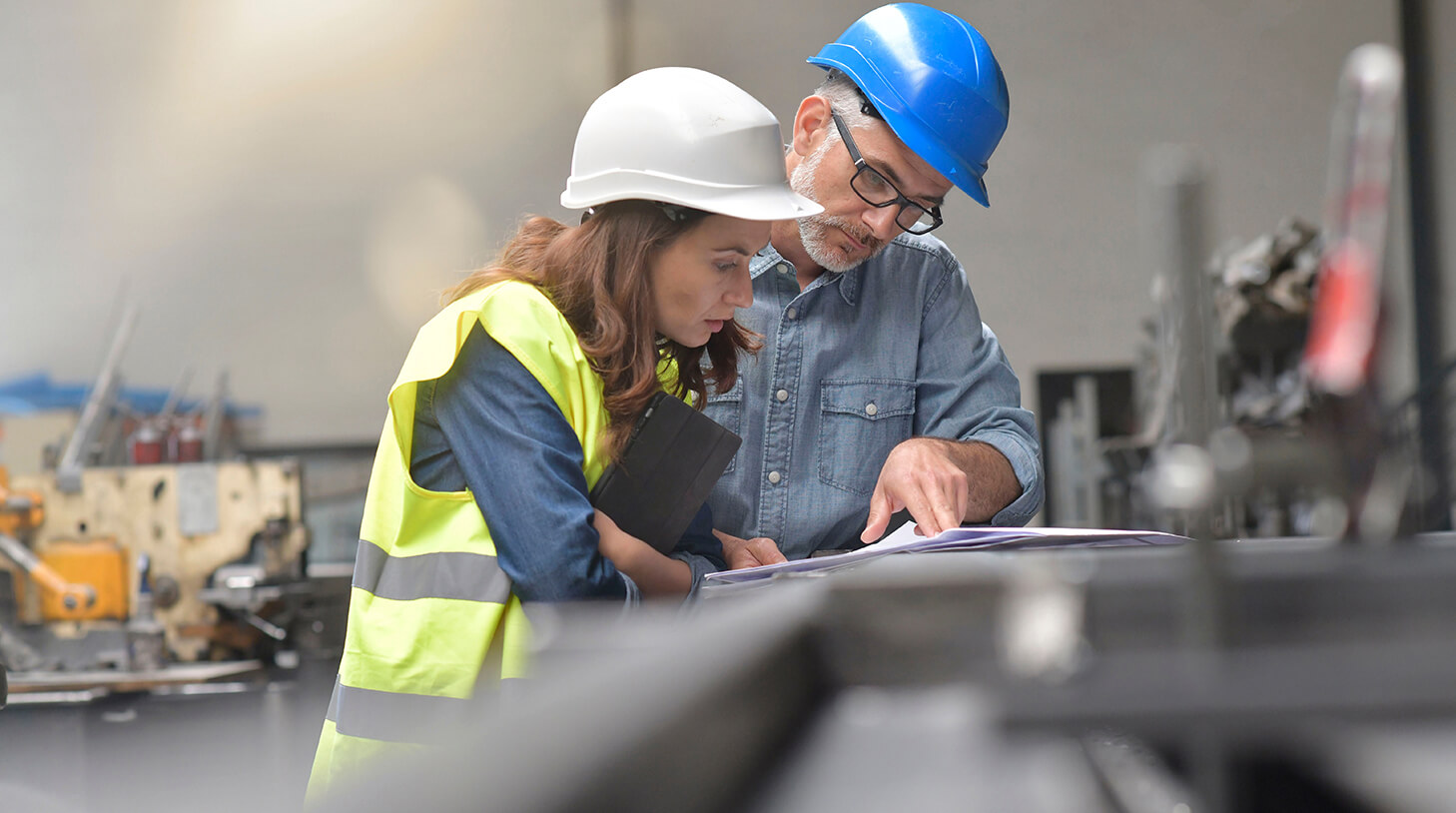
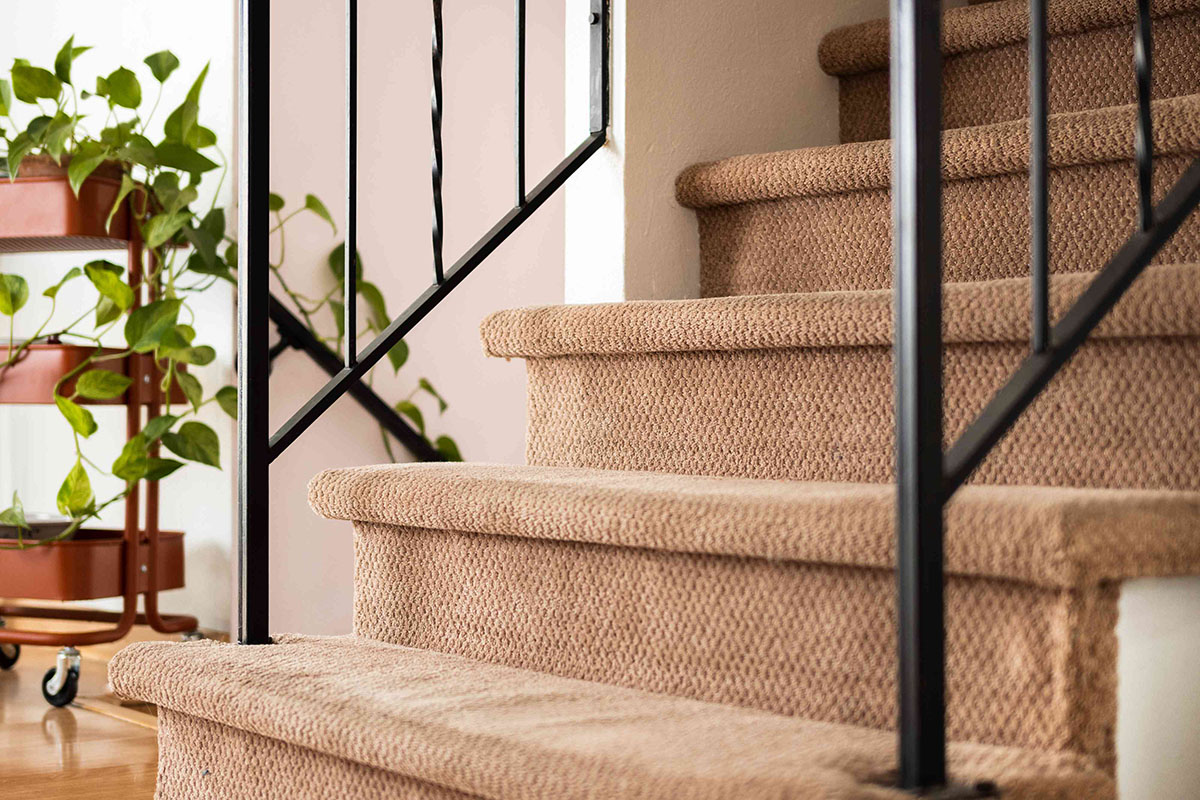
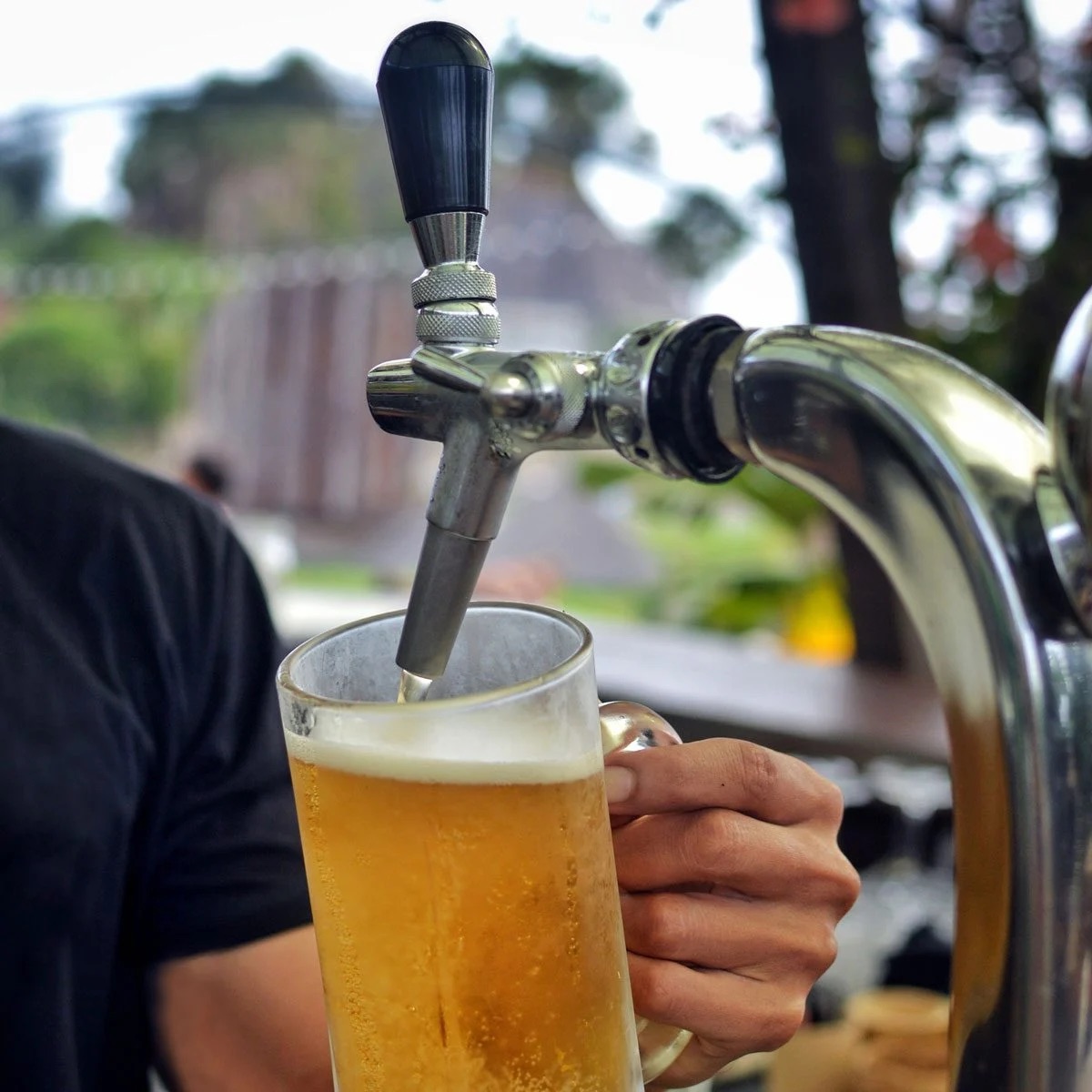

0 thoughts on “What Do You Need For A Kegerator”